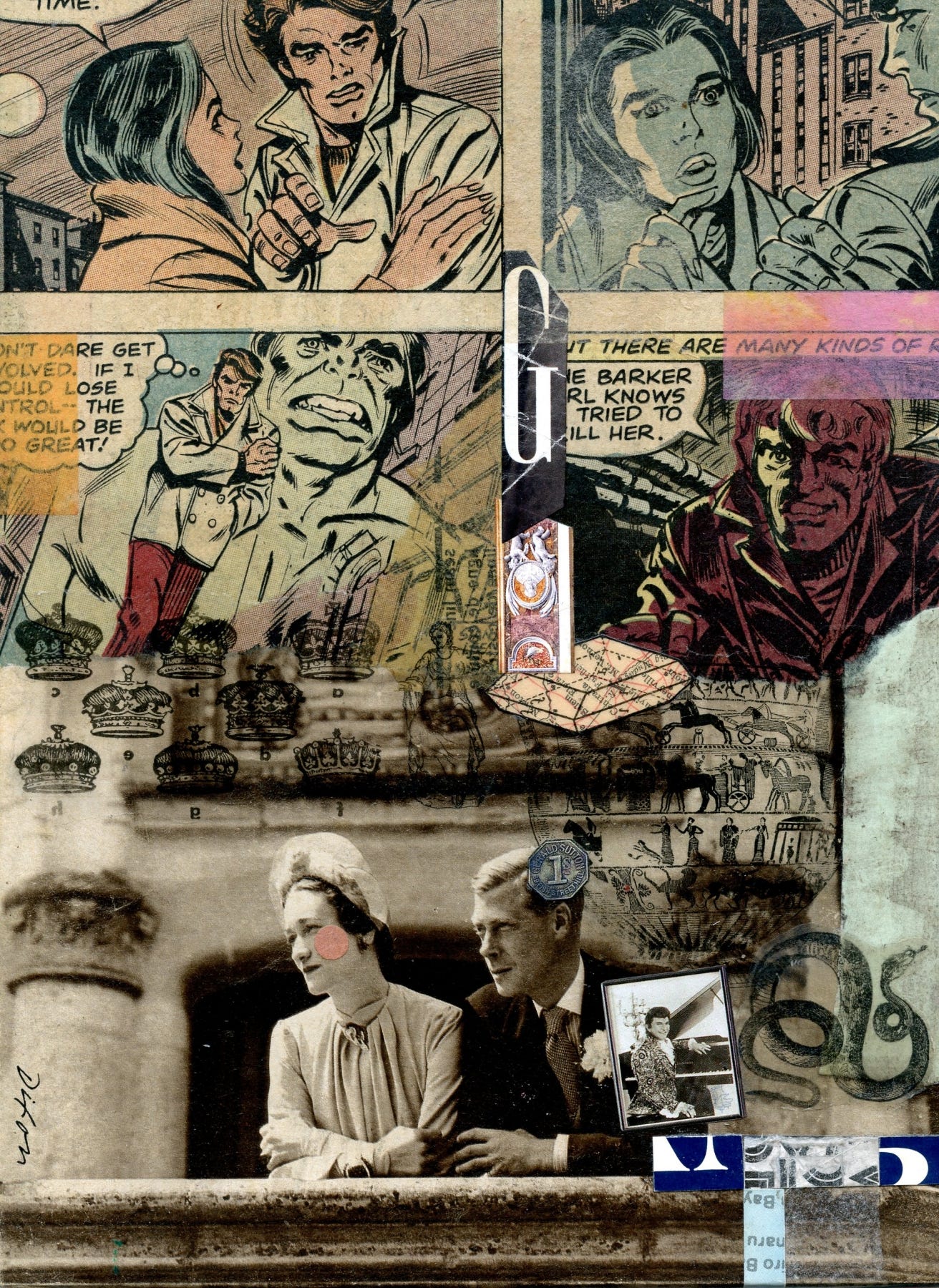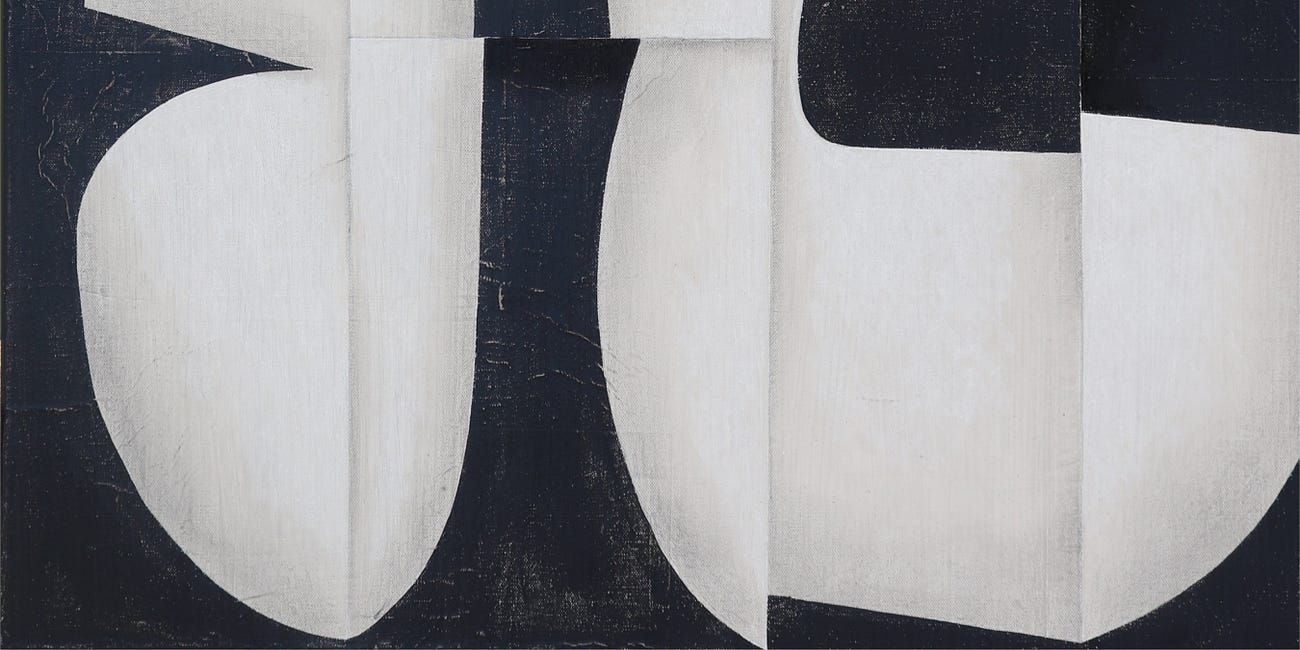
Years ago I realized that it is hard to balance working deeply in the studio and then being able to verbalize or write things. But once I started writing, it was hard to leave it to get back into making art in the studio. Then between those there is the problem of dealing with the daily administrative things to maintain your life properly. Maybe you have had a similar problem trying to balance these things.
Three Modes of a Creative Life
Most artists and writers come to discover that their days are not ruled by clocks so much as by modes of attention. What matters is not how many hours pass, but in which mode the hours are spent. If you treat every kind of activity as the same, everything blurs into distraction. But if you recognize that art, writing, and administration each belong to different states of being, you begin to handle them with greater care.
There is the studio mode, where the hands lead the way. In this state you are absorbed in shape, color, and movement. Time is not counted in minutes but in brushstrokes, cuts of the blade, or layers of sound. It is embodied attention, less concerned with language than with presence and touch. To linger here too briefly is to skim the surface. To stay long enough is to enter the wordless and intuitive current of flow and timelessness where even thought of self disappears. It is deeply absorbing.
There is the writing mode, where language rises to the surface. This is the place of sentences, metaphors, arguments, and inner listening. Here the mind seeks rhythm and sequence, clarity and discovery. It is not the same as reading or messaging. It is a deep, sustained attention that can only be maintained if it is protected from distraction. The writer learns to enter the long breath of thought and resist the constant pull back to surfaces.
And then there is the administrative mode—the one most of us pretend is neutral but which, in fact, has its own atmosphere. Email, texts, phone calls, notifications, forms, errands, cooking, cleaning, organizing, social media feeds: all of these belong here and is an important part of a well maintained life. This mode relies on shallow attention, fast decisions, and rapid switching. It is not necessarily bad, but it can create a state of constant restlessness. It will happily colonize your whole life and pull constantly at your attention if you let it.
Yet avoidance lives here too. Some days we avoid the studio by hiding in our inbox, telling ourselves we are being responsible. Other days we flee the demands of administration by sinking endlessly into art or words, pretending the daily tasks will wait. Both can look like work, but in truth they are evasions of maintaining the balance.
The creative life demands that we see these as three separate countries with borders. Crossing from one into another takes time. If you try to paint, write, and manage your inbox all at once, you are forever standing at the checkpoint, never fully inside any of them. You need boundaries: a stretch of hours for studio, a quiet time for writing, a contained window to take care of the daily demands of life.
Some prefer to do administrative work first, clearing the decks before deeper work. Others save it for the afternoon, after the concentrated energy of the day has already been spent on what truly matters. There is no one order, only the recognition that each mode requires its own dedicated space and time.
If you honor the difference between these modes, you will find yourself less resentful of the emails and forms, less frustrated by the difficulty of switching modes, and more able to give yourself wholly to the current of art or writing. Creativity is not just the making of works, but the orchestration of attention and rhythm. To live well in these three modes is to live more fully in your own calling.
Daily Rhythm and Sporadic Spark
This raises another question: how often should we visit each mode? Is it better to hold to a daily schedule, or to work sporadically in bursts of inspiration?
A daily rhythm builds grooves of attention. The body and mind begin to expect certain work at certain hours, and entry into flow becomes easier. This is especially valuable when building large projects or cultivating long arcs of growth. It prevents droughts and keeps the work alive even when inspiration is faint.
But there is also a place for the sporadic spark, for those days when energy wells up suddenly and pours itself out in a flood. This approach leans on freshness, urgency, and freedom from rigidity. Its weakness is inconsistency: projects risk remaining scattered, unfinished, or lost in the gaps.
Most creatives live best in the middle path: a flexible rhythm, neither rigid nor chaotic. The point is not to bind oneself to a clock but to respect the need for continuity. Think of a garden: the soil doesn’t require watering at the exact same minute each day, but it does require steady attention if anything is to grow.
So the deeper question is not whether you keep a schedule or follow inspiration, but whether your rhythm aligns with your season of life and the kind of work you are trying to bring forth. What matters is not conformity to a method, but fidelity to the call.
I know for myself I normally change my rhythm with the feeling of each season, with the lengthening or shortening of the days, the changes in the angle of the sun. I have my routines but they shift with the circumstances. I adjust. I stay flexible. But I always stay engaged and I think when an artist maintains this disciplined intention if gives an inner confidence that one will always keep going.
Seven Ways to Protect Your Creative Modes
Block Time: Give each mode its own protected hours. Studio in the morning, writing mid-day, admin late afternoon—find what fits you.
Use Rituals and Routines: A cup of tea, a walk, or tidying the desk can signal the close of one mode and the opening of another.
Change Environments: Even shifting to a different chair or corner of the room helps the body register the transition.
Set Clear Boundaries: Silence notifications during art or writing. Let admin stay in its own container.
Journal Bridges: Use a notebook to catch impressions from one mode before entering the next, easing the shift.
Give Admin Its Due: Don’t treat it as an interruption. Respect it as a necessary mode, but keep it proportionate.
Rest Between Modes: Allow short buffers—stretching, walking, or breathing—to let the mind reset before crossing borders.
The Importance of Immersion in the Creative Process for Artists
In the world of art, creativity thrives on deep engagement and unwavering focus. Immersion in your work is more than just a strategy; it is a mindset that allows artists to fully connect with their craft, unlocking new levels of expression and innovation. Whether you're a painter, writer, musician, or sculptor, diving deep into your creative process can significantly enhance your artistic output and personal fulfillment.




I really liked the metaphor of the garden for the creative rhythm. It reminded me of my daughter, who is a painter: her art grows in the same way, not under strict schedules, but through a daily devotion that blends patience, discipline, and passion. Just like a garden flourishes with steady care, so does art, when it is nurtured with love and attention, it becomes a reflection of life itself.
Everyone works differently as to how time and doing art works for them the best. I'm grateful I'm retired so I just listen to my inner drive to head into the studio whenever......middle of the day, middle of the night, early in the morning before I've even had a mug of coffee, or early evening after I've fed the animals. And the reasons I go into the studio are several different ones.......yes to create art: either to work on an ongoing piece, to create a new one, to cleanup and organize, sometimes I just go in there to get away from "the window of the world" (my desktop) as I've had enough of that and just need to sit still and perhaps something will stir me up and get me going on a piece. Sometimes I'm anxious to get into the studio to work and sometimes I just want to avoid it for whatever weird reason. And sometimes I make myself go in there as to not get too used to NOT going in there. And often, it's a cathartic place to just go into and just be as I feel I am surrounded by all the stuff that helps me to create. I have several rooms in my home where I can go to and just hang out, but the studio is THE ONE place where I feel my artist-being is true and intact.